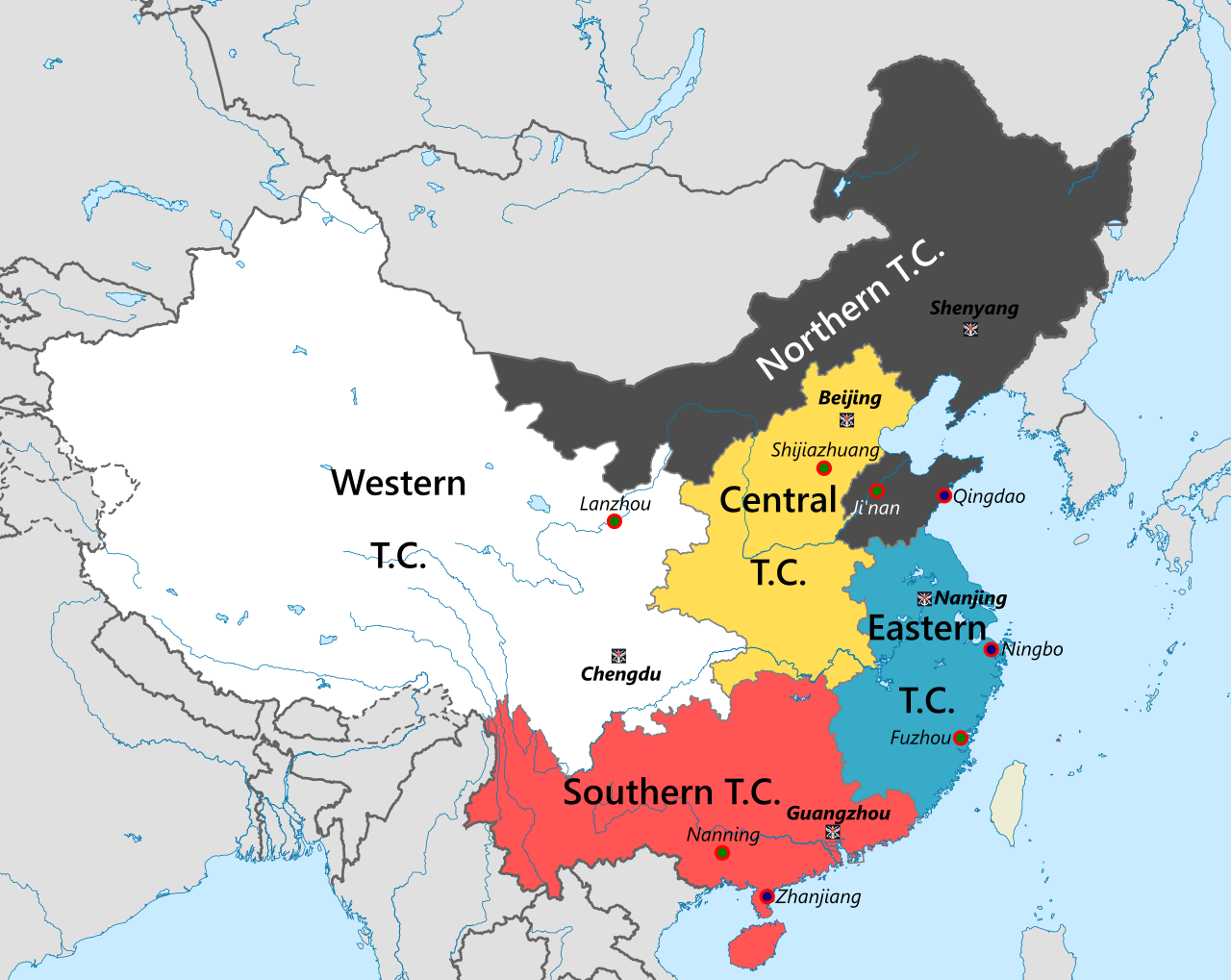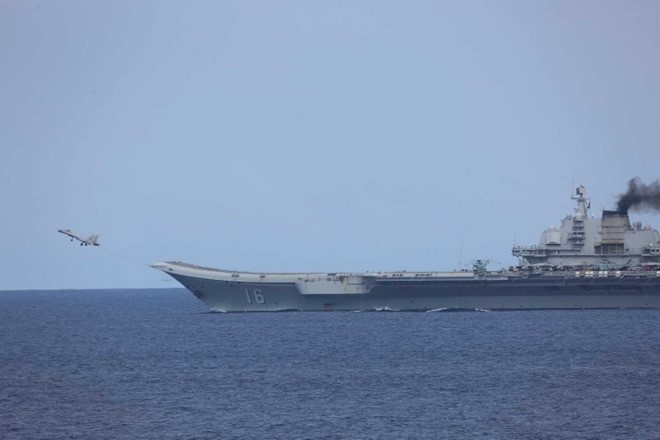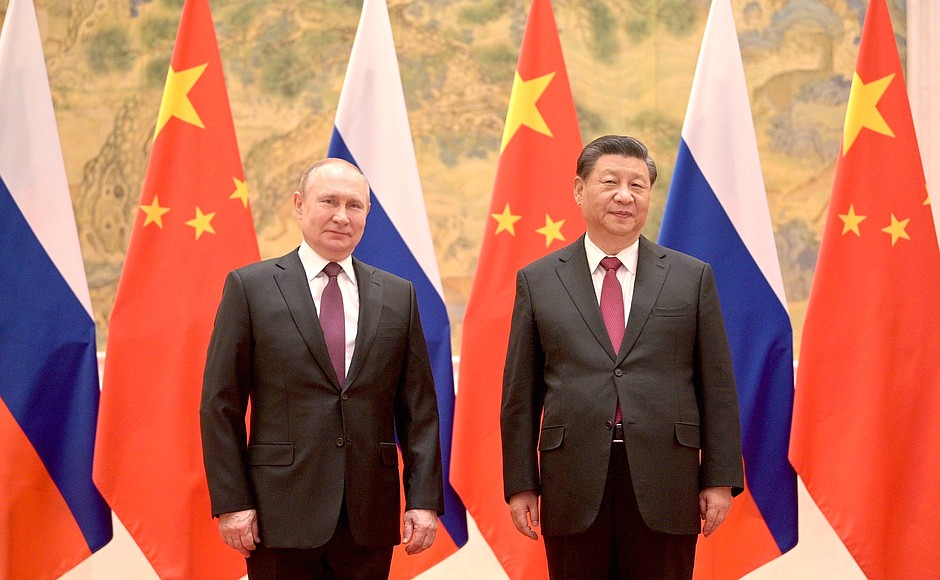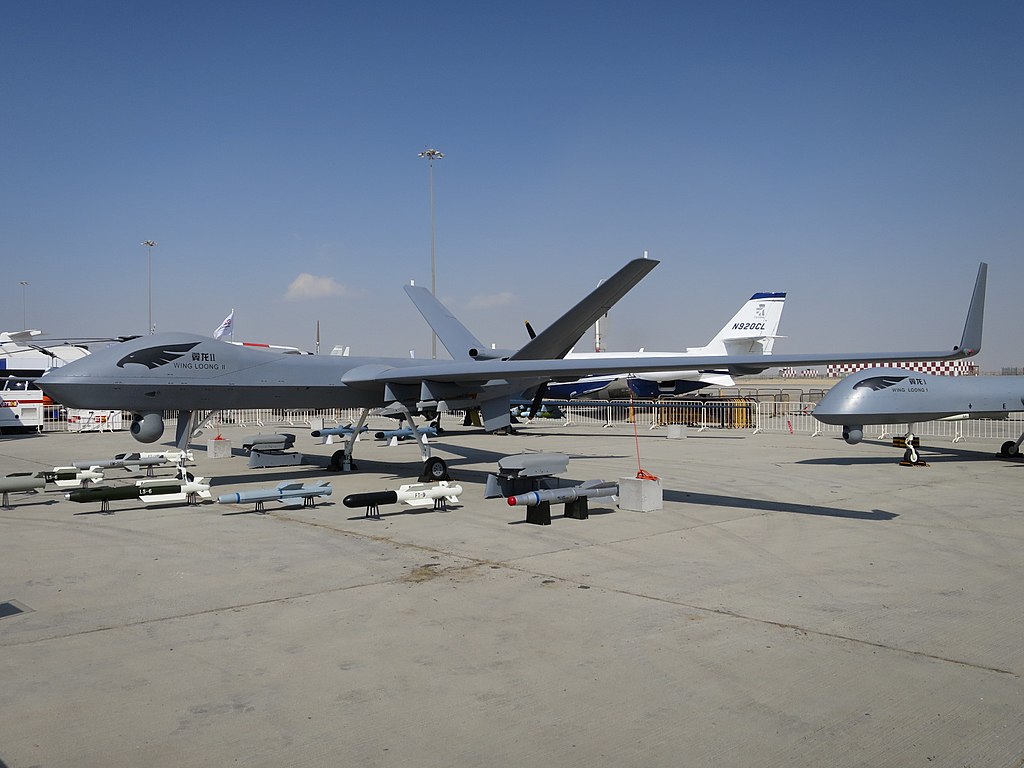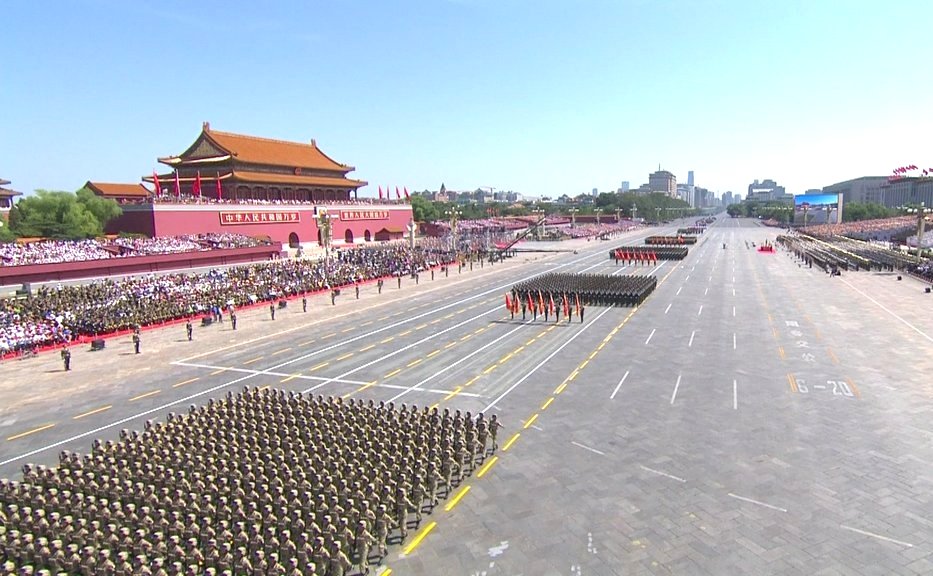
PLA Soldiers March in Parade.
“Whether it is to strengthen the training of new equipment, new forces, and new fields, or to innovate and develop training methods such as “technology +” and “network +” and others; whether it is to solve the major and difficult problems in the construction of combat effectiveness, or to improve the scientific and technological literacy of officers and soldiers, it is difficult to rely on the strength of the troops alone. Only by opening the door, accepting wisdom, borrowing a ladder and go upstairs, only by giving full play to the external knowledge of military scientific and technological experts can we transform scientific and technological advantages and equipment advantages into talent advantages and winning advantages.”
A recent PLA Daily article, whose author is affiliated with the People’s Liberation Army (PLA) Army Research Institute in Beijing, chronicles methods for integrating new equipment and improving the technological knowledge of troops. This is one example of many articles that the PLA produces to help with the learning curve related to employing new, more technologically advanced equipment. The article recounts a training program that the Ministry of Defense introduced during in 2022 to help integrate new equipment into units. Developing a new system of training is reportedly part of the effort to accelerate combat effectiveness of newly modernized units. Overall, the training methods described in the article are foundational. For example, one recommendation is to improve the scientific and technological literacy of officers and troops by sending technology experts to support unit training, which enhances the researchers’ knowledge by better understanding unit requirements. The article also notes that military research institutes should provide classes, assist in solving problems assimilating new equipment into units, and cultivate scientific talents within units. The author believes that an expanded program, which integrates research institutions with units, could accelerate the PLA’s modernization effort and transformation. However, the article laments the current limited scope of cooperation between military and scientific institutions, pointing to a lack of technological expertise in active duty units and a lack of coordination between military research institutions and units. These issues are reportedly hindering the quality of research and assimilation of new technologies and equipment into the PLA, thereby slowing the development of combat effectiveness.
Source:
“把科技专家请进演训场 (Invite technology experts to the training ground),” PLA Daily (official newspaper of the People’s Liberation Army), 27 July 2022. https://www.81.cn/jfjbmap/content/2022-07/27/content_320703.htm
… The army’s training ground is the main battlefield for scientific research and innovation. The battlefield asks questions of scientific research, and scientific research answers the battlefield. The front line of military training is in urgent need of a group of military science and technology experts who really know what to do. They regard the need to win as a scientific research requirement and the problem of preparing for war as a scientific research topic, and use their own ingenuity and scientific research innovation results to serve the preparation for military struggle. At the same time, only by aiming the “sight” of scientific research at the “bull’s eye” of actual combat can military science and technology experts move from the frontier of science and technology to the frontline of the battlefield, truly set up a clear orientation of scientific research as a battle, and improve the contribution rate of scientific research innovation to the growth of combat effectiveness.
If you cannot win on the battlefield, everything equals zero. Regardless of military training or military scientific research, we should insist on focusing on war preparations and combat, comparing them with war preparations, and testing them with war preparations and wars, so that the standards of combat effectiveness can truly be established. Inviting military science and technology experts to the front line of exercises and training is not only conducive to improving the combat effectiveness of the troops, improving the fit between research and warfare, but also helping to realize the self-value of scientific and technological experts. However, due to constraints such as ideas and concepts, the scope of cooperation between the army and military scientific research institutes is limited, and the mechanism is not perfect enough. How to let more military science and technology experts go to the front line of training needs further exploration.
Image Information:
Image: PLA Soldiers March in Parade
Source: https://en.wikipedia.org/wiki/2015_China_Victory_Day_Parade#/media/File:The_military_parade_in_honor_of_the_70-th_anniversary_of_the_end_of_the_Second_world_war_01.jpg
Attribution: CC BY 4.0

